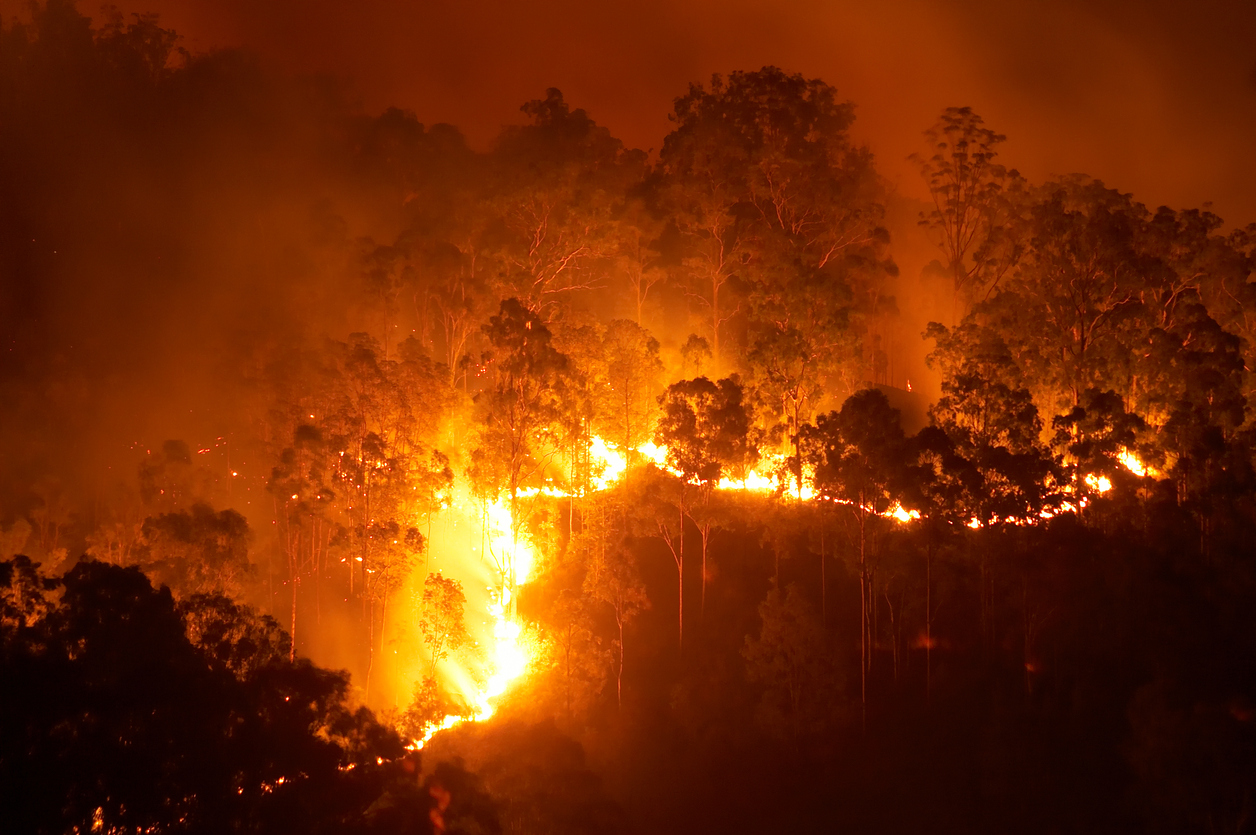The New South Wales Rural Fire Service has advised that 130 fires continue to burn across the state and it is estimated that more than 500 homes have been destroyed since New Year's Day in the fires that have swept through the South Coast alone, with many more lost in the blazes that have engulfed East Gippsland and communities in the Snowy Mountains.
Heads of the major insurers and banks, including Insurance Council of Australia (ICA) chief executive officer Rob Whelan, IAG Limited chief executive officer Mark Milliner, Allianz Australia chief executive officer Richard Feledy and senior executives from several of the major banks, will meet Mr Frydenberg and Treasury officials on Tuesday in Canberra .
The meeting comes a day after Prime Minister Scott Morrison announced an initial allocation of $2 billion of Commonwealth money to fund the bushfire recovery effort.
Mr Whelan said insurance and their staff were working "around the clock" to help communities, householders and business owners affected by the bushfires.
"Australia is in the midst of a bushfire crisis, and insurers are helping their customers at a time of immense financial, physical and emotional stress," the ICA head said.
He said insurers had booked hundreds of hotel and motel rooms to provide emergency accommodation, and were also providing financial assistance.
Insurance assessors had been drawn from across Australia and New Zealand to help speed the processing of claims, Mr Whelan added.
ICA spokesman Campbell Fuller told ABC television that insurance companies had mobilised emergency response teams to get into to affected as quickly as possible, had "strong numbers" at the bushfire evacuation centre in Melbourne, and had bolstered staffing levels at claims centres.
Mr Fuller said Tuesday's meeting would be an opportunity to not only brief the Treasurer on the industry's response to the disaster to date, but to discuss the recovery effort.
"The second thing is to talk to the Federal Government about the cooperation that can take place between industry and government in the rebuilding and recovery phase of the natural disaster," he said.
"It's also going to be a listening exercise for the industry. We want to hear from the Treasurer his perceptions of what's taking place, and that interaction between government and industry."
The government's announcement of a $2 billion bushfire recovery fund, which will largely be directed to pay for repair and replacing damage and destroyed infrastructure, has caused some confusion, Mr Fuller said, revealing that insurers have received a number of calls from home owners asking why they should buy insurance if government would pay for non-insured properties to be rebuilt.
He said any spending by the government did not obviate the need for people to mitigate their own risk.
"There is, of course, a significant role for the government in this, but anything that undermines the interests that householders have, and property owners have, in insuring their properties is a little bit counterintuitive," Mr Fuller said.
"The Government, in the end, doesn't want to take on the hundreds of millions of dollars, or even billions of dollars, that natural disasters cost at a community level."













